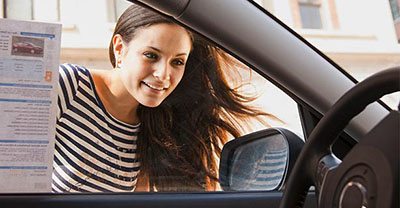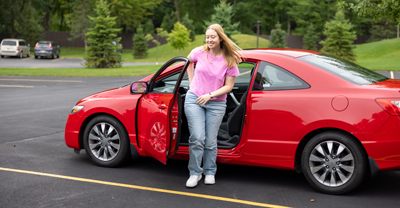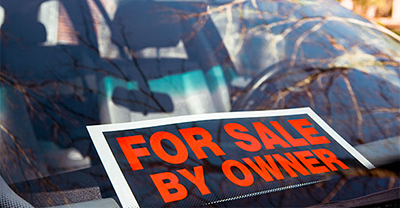Buying a used car: Tips for a smart purchase
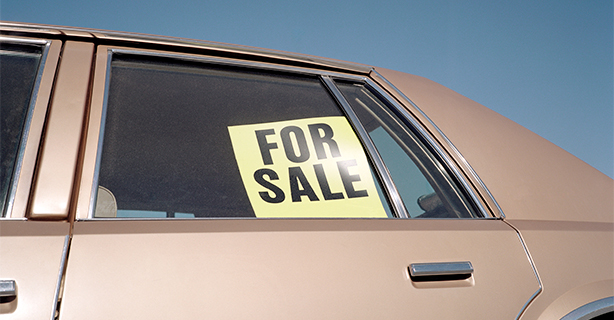
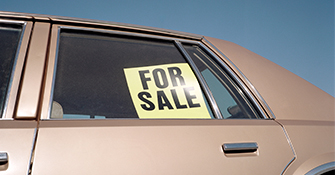
0 min. read
Used cars can be a practical, budget-friendly option in today’s market. Choosing the right pre-owned vehicle could help save you money and secure you reliable transportation. This detailed buyers guide covers research, financing, inspections, red flags, buying savvy, and insurance tips. Read this before starting the purchase process.

Where to buy your used car
The used car market offers more options than ever before. From traditional dealerships to online platforms, each avenue presents unique advantages and considerations. Focus on one or explore them all!
Dealerships
If you value convenience and peace of mind, a dealership might be the right choice. They offer:
Certified pre-owned vehicles with rigorous inspections
Warranty coverage for added protection
Financing options to fit into your budget
On-site service departments for convenient ongoing support
Private sellers
If you’re looking for a budget-friendly option, consider buying a used car from a private seller. You'll often find lower prices, but it requires extra due diligence. It’s your responsibility to:
Verify the vehicle’s history
Schedule an independent inspection
Manage secure payments and paperwork
Online retailers
Shopping for a car online with platforms like Carvana and CarMax® offers convenience but comes with trade-offs:
Shop a wide selection from home, but have limited opportunity for test drives before purchase.
Access detailed vehicle reports, but risk hidden damage not visible in photos or videos.
Avoid high-pressure sales tactics, but have no local representative to answer questions and give advice.
Financing your used car purchase
When financing a used car, you have a few options: work with an external lender—such as a bank or credit union, use the dealership's financing, or, if possible, pay using your savings or a personal nest egg. Comparing these options can help you find the best approach for your situation.
If you choose to finance, getting a loan pre-approval from a bank or credit union can simplify the buying process, providing a clear budget for your purchase and negotiation strategy. Dealerships may be willing to finance a more expensive vehicle for you, but often have higher interest rates.
Also, don’t overlook the ongoing costs of vehicle ownership. Beyond the purchase itself, factor into your used-car budget:
Insurance premiums
Registration fees
Fuel expenses
Routine maintenance
Major repairs as the vehicle ages
Research your car like a pro
Explore local inventory and pricing to spot competitive deals.
Check trusted sources like Kelley Blue Book or Edmunds for market value insights.
Secure pre-approval for financing to establish a solid budget.
Pull vehicle history reports from reliable services like Carfax® or AutoCheck® to flag potential issues.
Cross-check the VIN with all documentation and inspect maintenance records for accuracy.
Compare warranty options to understand your coverage and future protection.
Watch for common red flags
Mechanical issues: Signs like uneven tire wear, sluggish gear shifting, or unusual engine, transmission, or suspension noises could signal expensive repairs.
Documentation gaps: Missing maintenance records, inconsistent mileage, or multiple owners within a short time frame may raise concerns.
Cosmetic damage: Mismatched paint, water stains, or signs of poorly repaired accident damage might hint at underlying problems.
Strengthen your negotiation strategy
Use your research to confidently demonstrate the vehicle’s true market value.
Focus on negotiating the total price, not just the monthly payments.
Gather quotes from multiple dealerships to increase your leverage.
Stay assertive and respectful to keep the conversation productive.
Be ready to walk away if the deal doesn’t meet your standards.
Test drive with purpose
Assess acceleration, braking, and overall driving performance.
Listen closely for unusual noises from the engine, transmission, or suspension.
Park the car along your test drive route so you can look under the hood and do a full walk-around.
Test all features and controls, including audio, climate, lights, and safety systems.
Ensure the interior offers the comfort and cargo space you need.
Get a pre-purchase inspection
Discover hidden issues that may not show up during a test drive.
Identify safety concerns or costly repairs early on.
Gain expert insights from an independent mechanic.
Use the inspection results to negotiate repairs or a better price.
Finalize your used car purchase
Closing the deal on a used car requires careful attention to detail. Before signing, take these steps to make sure everything is in order:
Double-check service records and confirm the history report aligns with expectations.
Verify the terms, coverage, and duration of any warranty.
Make sure the final purchase agreement reflects the negotiated price and terms.
Obtain copies of the contract, title, and pre-purchase inspection report (if applicable).
Save the seller’s contact information for future reference.
Insurance essentials for your used car
Having the right auto insurance is crucial before driving your newly purchased used car, whether it’s from a dealership or a private seller. Here’s what you need to know:
Coverage you need to drive off the lot
In most states, you’ll need car insurance on your specific vehicle before you can legally take it home. Options include:
Update your existing policy: If you already have car insurance, share your new car details with your provider. Many policies automatically cover a newly purchased vehicle for a short period.
Purchase a new policy: If this is your first vehicle, set up a policy before completing your purchase to avoid any coverage gaps.
Optional coverage to help protect your investment
Depending on your car’s age and condition, consider these additional coverages:
Collision coverage: Can help pay for repairs to your car after an accident, regardless of fault. Lenders often require this if you’re financing.
Comprehensive coverage: Can help protect against non-collision damage like theft, weather, or vandalism.
Roadside assistance
Older vehicles may break down more often. Adding roadside assistance to your policy can help with:
Towing
Battery jumps
Tire changes
Saving on your premium
Premium discounts may be available to help lower your car insurance costs with strategies like:
Securing your car with an anti-theft device
Maintaining a safe driving record
Paying your premium in full
Get the right protection for your used car
Dairyland®, a brand of the Sentry Insurance Group, can tailor insurance coverages to fit your needs and budget. Whether you're insuring your first car or switching vehicles, we’ll guide you through the process. Contact us today to explore your options.

The general information in this blog is for informational or entertainment purposes only. View our blog disclaimer.
*All product names, logos, brands, and trademarks are property of their respective owners. All company, product, and service names are for identification purposes only. Use of any of the foregoing does not imply endorsement.













